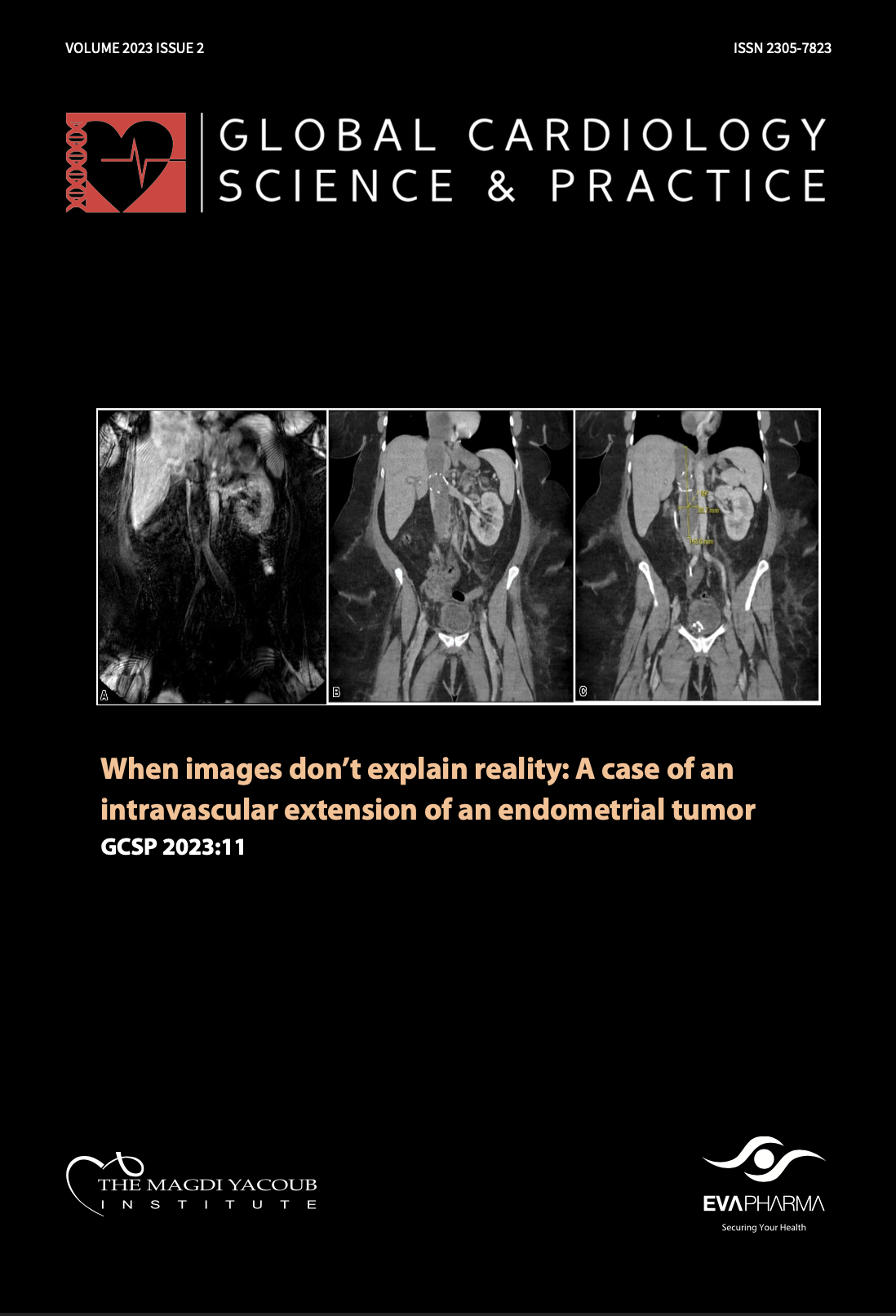Role of hypoxia inducible factor HIF-1⍺ in heart valves
DOI:
https://doi.org/10.21542/gcsp.2023.9Abstract
The 2016 Albert Lasker Basic Medical Research Award and subsequently the 2019 Nobel Prize in Physiology or Medicine were awarded to William Kaelin, Jr., Sir Peter Ratcliffe, and Gregg Semenza for their work on how cells sense and adapt to hypoxic conditions. Their work showed that the changes in gene expression, cell metabolism, and tissue remodelling that occur in response to low oxygen concentrations are orchestrated by the transcription factor, hypoxia inducible factor-1a (HIF-1a). While the effects mediated by HIF-1a have been widely studied, its role in heart valves has only recently been investigated. These studies have shown that HIF-1a expression is evident in mechanisms that regulate the structure and function of heart valves. These include embryonic development, the regulation of the extracellular matrix, angiogenesis and the initiation of the calcification process. This review provides a background on the role and function of HIF-1a in response to hypoxia and a discussion of the available evidence of its involvement in the regulation of heart valves in health and disease.Downloads
Published
2023-05-08
Issue
Section
Review articles
License
Copyright (c) 2023 Mark Georgy, Kareem Salhiyyah, Magdi Yacoub, Adrian Chester

This work is licensed under a Creative Commons Attribution 4.0 International License.
This is an open access article distributed under the terms of the Creative Commons Attribution license CC BY 4.0, which permits unrestricted use, distribution and reproduction in any medium, provided the original work is properly cited.


